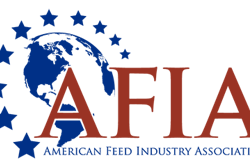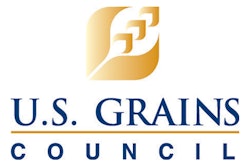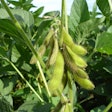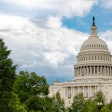Developing markets for U.S. ethanol involves a complex combination of trade policy and marketing work. Two U.S. Grains Council (USGC) activities this past week aimed to not only provide insights on ethanol policy development with a role for trade, but also exchange information with government officials, traders and even consumers about the environmental, health and economic benefits of increased ethanol use.
Starting in South Korea, USGC collaborated with the U.S. Department of Agriculture’s (USDA) Foreign Agricultural Service (FAS) to organize a workshop outlining the global ethanol market situation and USGC development efforts and offering information on air quality improvement and greenhouse gas (GHG) emission reductions, two timely issues for the new presidential administration in South Korea. The workshop also included perspectives from both the United States and the Philippines on developing a national ethanol policy.
“South Korea is not a major first generation ethanol feedstock producer, so it is important to convey other benefits of ethanol for Korean society as a whole," said Brian Healy, USGC manager of ethanol export market development.
“One goal of our ongoing engagement with Korean industries, ministries and consumers is to convey the important role ethanol has in reducing particulate and other harmful emissions, among other benefits like GHG reductions and octane economics that benefit everyone in the value chain, including consumers.”
South Korea has imported 186 million liters of ethanol thus far in 2016/2017 (September-March), with one third of those imports (61 million liters) originating in the United States. Current U.S. ethanol exports are for industrial use, making another goal of the USGC workshop to encourage wider use in the Korean transport fuel sector.
“The workshop provided Korean participants a better understanding of the benefits of ethanol fuel as an effective solution to improve air quality and human health issues, which have caused concerns for the Korean people in recent years,” said Haksoo Kim, USGC director in Korea. “This event gave both the Korean and U.S. delegations an opportunity to understand what types of information exchange and activities are necessary to drive fuel ethanol policy development and demand in South Korea.”
Following the Korean workshop, USGC staff and partners, including Jim Miller, lead on international market development for Growth Energy, traveled to Vietnam to discuss the market’s goals for increased ethanol utilization.
Vietnam is slated to implement a nationwide E5 blending rate for the country’s most widely used fuel grade, RON 92, in 2018 and move to E10 by 2020. With this renewed push for ethanol, Vietnam expects to source some of this fuel demand, expected to grow by nearly 10 percent annually, from domestic products like cassava. The U.S. delegation encouraged Vietnamese energy ministry officials as well as ethanol producers and traders to import ethanol to meet their mandate when domestic production shortfalls occur.
Vietnam has several ethanol plants currently idled or producing significantly below capacity, developed during a previous iteration of a biofuels program that lacked consumer incentives, enforcement mechanisms for compliance or open trade. In this newest biofuels policy, Vietnam has sought to ameliorate many of these issues, although the success of the new policy will be revealed over time.
“Vietnam has an ambitious target for reaching E5 and E10 blend levels,” Healy said. “As an APEC member, Vietnam ministry officials played a key role in developing a roadmap for best practices in creating and implementing ethanol policy with a role for trade. It is critical for Vietnam to adopt these best practices as it revamps its ethanol program.”
Learn more about USGC’s work on ethanol here.
Ethanol Activities Highlight Policy’s Role In Trade
Developing markets involves a complex combination of trade policy and marketing work
November 30, 2020


















